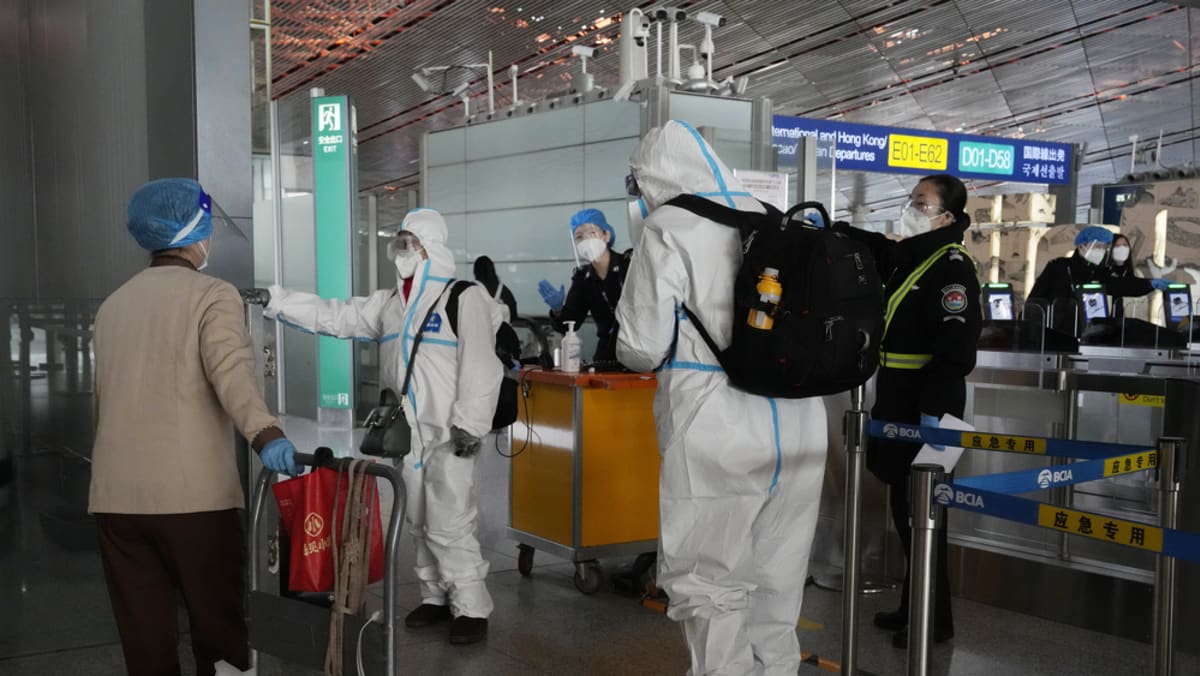
Beijing has remained firm with its zero-COVID-19 policy, which effectively bans outbound travel. International flights are severely restricted and international arrivals are subject to strict quarantine. Although China is easing its quarantine and travel restrictions, the timeline for a return to “normal” remains unpredictable.
Hong Kong’s tourism industry will likely take two to three years to recover. While the “0+3” quarantine policy had attracted some Asian tourists to Hong Kong, it was still insufficient to boost tourism. But there are still opportunities for Hong Kong tourism investors.
The gradual progression of the 0+3 policy toward the complete removal of entry quarantine restrictions and the continued promotion of quarantine-free customs clearance for travellers from mainland China provides a glimmer of hope for Hong Kong’s tourism recovery. Once mainland China’s outbound travel resumes, the pent-up demand for travel will be unleashed.
Due to health concerns, tourists from China will prefer short-haul destinations in Asia such as Hong Kong, Singapore, Thailand and Malaysia. These destinations offer proximity, effective pandemic control, responsible destination management, high vaccination rates and good healthcare facilities. Asia Pacific destinations are expected to rebound when Chinese outbound travel resumes.
A COORDINATED APPROACH TO DETERRING COVID-19 OUTBREAKS
The reopening of international borders and the recovery of Asia Pacific tourism are also predicated on increased vaccination rates, harmonised border regulations and improved health system preparedness across the region.
These standards can be supported with pandemic-related safety measures such as contactless airport check-in and vaccination passports. These digital tools will assure travellers and their destination’s residents.

